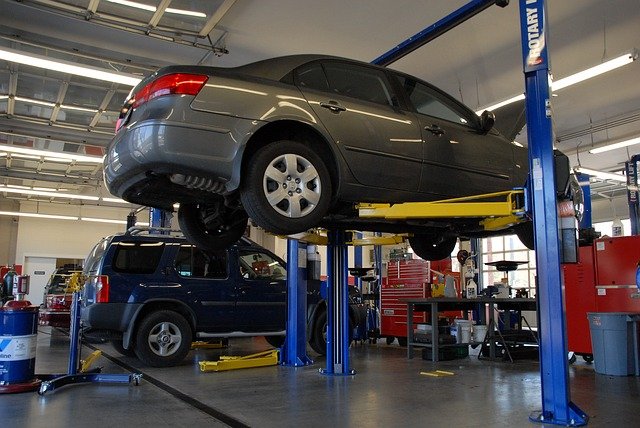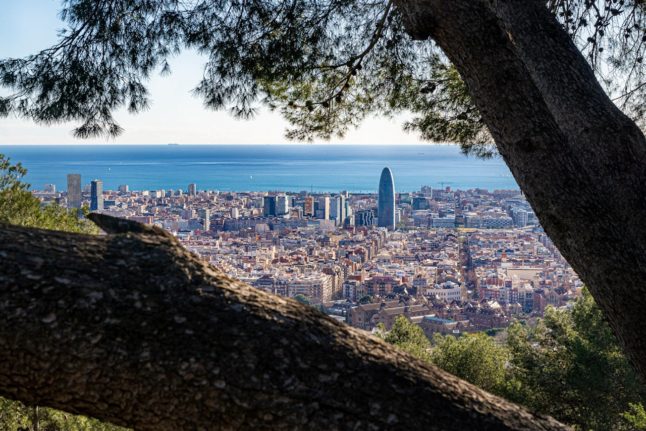Importing a vehicle from another European country into Spain isn’t completely straightforward.
But as is usually the case with official processes in Spain, if an application involves something or someone from outside of the EU, it also involves more paperwork, time and money.
This article could of particular interest currently to Britons moving to Spain post-Brexit who want to bring their car over with them, as well as to Americans, Canadians and other third-country nationals who are willing to pay the transports costs of shipping their prized vehicle over to España.
There are several steps that need to be completed including filling out customs forms, paying fees, getting a Certificate of Conformity, and changing your number plates over before you can actually drive your car in Spain, so it can be a little overwhelming.
Here’s a step-by-step process on what you need to do.
Customs clearance
When you leave your country with your vehicle, you must go through customs clearance. You will have to fill out a series of forms relating to your vehicle, before getting a certificate so that you are able to leave. You will have to go through customs again and do a similar process once you arrive in Spain.
You must make sure you have the following documents with you in order to this:
- Details of when and where you purchased the car, such as a sales contract and receipt, including the car dealer’s VAT number.
- If you bought the vehicle from a private person, instead of a dealer you will also need a photocopy of their passport.
- Paperwork giving all the details of the vehicle, including who it’s registered to.
- A certificate showing that the vehicle has passed its roadworthiness test.
READ ALSO: Buying a second-hand car in Spain: 9 key questions you have to ask in Spanish
Customs duty and taxes
There are several taxes and fees to pay when you import a non-EU vehicle into Spain. Fees increase by around 10 percent for those countries outside the EU. Firstly, you will have to fill out and pay the fees associated with the Single Administrative Document (SAD). On top of this, you may have to pay 21 percent VAT for new vehicles or Property Transfer Tax for second-hand vehicles.
There are however a few exceptions to these which allow you to avoid paying duty and VAT. The main one is if you’re changing your country of residence from a non-EU country to an EU country (in this case, Spain) and using the car for your own personal use, should not have to pay the VAT.

This means that if you’re moving to Spain for the first time and want to bring your own car with you, you should be able to avoid paying extra, but if you are already a resident in Spain and want to import a car you bought outside of the EU, you will have to pay both duty and VAT.
Countries with bilateral agreements
There are also certain bilateral agreements between non-EU countries and the EU, these include Mexico, Morocco, and Switzerland, among others. This means that any vehicles imported from those countries will be exempt from paying tariffs. People importing vehicles from those countries must obtain a EUR1 certificate, in order to be exempt, however.
Recognition certificate
Cars from outside the EU, such as those from the UK, cannot be registered in EU without having been homologados (recognised). Most cars, particularly British ones, due to the steering wheel being on a different side, do not have valid European homologation.
Therefore, each part of the car must pass through a homologación process, which certifies its safety, emissions, and technical characteristics. The process will be individual for each vehicle.
Once the vehicle has been homologated, you will receive a Certificate of Conformity and the car can then go through its ITV test, which is the same as MOT check in the UK.
Be aware, if you are moving to Spain for the first time and are changing your residence, your vehicle shouldn’t have to go through the homologation process because it’s your personal possession and was legal at the time it was registered in your country of origin.
Passing the ITV test
In order for your vehicle to pass Spain’s ITV test, you will need to bring several documents with you. These include:
- Proof of vehicle ownership
- Proof of payment of fees and taxes
- Driver’s license of the owner
- Vehicle insurance policy
- Vehicle data sheet
Registering your vehicle and changing the number plates
Once your vehicle has been deemed road-worthy, it must be registered and the number plates changed to Spanish ones. In order to do this, you need to make an appointment at your local DGT office (Directorate-General for Traffic).
Here you will need to:
- Fill out Modelo or For 567 and pay registration tax on foreign vehicles
- Pay the Impuesto de Circulación de Vehículos or circulation tax, which is set by your local Ayuntamiento or Town Hall
The documents you need for the process are:
- A completed application form to change the plates
- Your NIE number, TIE and proof of address
- An original and a photocopy of the proof of payment of the registration tax and circulation tax.
- An invoice for the purchase of the vehicle.
- Proof of payment of VAT in the country of origin of the vehicle.
- The Certificate of Conformity that you received.
After all, this has been done and you have paid for car insurance, your car has been legally imported, registered in Spain, and is ready to drive.
READ ALSO: Q&A: How to pass Spain’s driving test and get a Spanish licence




 Please whitelist us to continue reading.
Please whitelist us to continue reading.
Member comments